JAJS131H July 2000 – November 2022 UCC28C40 , UCC28C41 , UCC28C42 , UCC28C43 , UCC28C44 , UCC28C45 , UCC38C40 , UCC38C41 , UCC38C42 , UCC38C43 , UCC38C44 , UCC38C45
PRODUCTION DATA
- 1 特長
- 2 アプリケーション
- 3 概要
- 4 Revision History
- 5 Device Comparison Table
- 6 Pin Configuration and Functions
- 7 Specifications
-
8 Detailed Description
- 8.1 Overview
- 8.2 Functional Block Diagram
- 8.3
Feature Description
- 8.3.1 Detailed Pin Description
- 8.3.2 Undervoltage Lockout
- 8.3.3 ±1% Internal Reference Voltage
- 8.3.4 Current Sense and Overcurrent Limit
- 8.3.5 Reduced-Discharge Current Variation
- 8.3.6 Oscillator Synchronization
- 8.3.7 Soft-Start Timing
- 8.3.8 Enable and Disable
- 8.3.9 Slope Compensation
- 8.3.10 Voltage Mode
- 8.4 Device Functional Modes
-
9 Application and Implementation
- 9.1 Application Information
- 9.2
Typical Application
- 9.2.1 Design Requirements
- 9.2.2
Detailed Design Procedure
- 9.2.2.1 Input Bulk Capacitor and Minimum Bulk Voltage
- 9.2.2.2 Transformer Turns Ratio and Maximum Duty Cycle
- 9.2.2.3 Transformer Inductance and Peak Currents
- 9.2.2.4 Output Capacitor
- 9.2.2.5 Current Sensing Network
- 9.2.2.6 Gate Drive Resistor
- 9.2.2.7 VREF Capacitor
- 9.2.2.8 RT/CT
- 9.2.2.9 Start-Up Circuit
- 9.2.2.10 Voltage Feedback Compensation
- 9.2.3 Application Curves
- 9.3 Power Supply Recommendations
- 9.4 Layout
- 10Device and Documentation Support
- 11Mechanical, Packaging, and Orderable Information
パッケージ・オプション
デバイスごとのパッケージ図は、PDF版データシートをご参照ください。
メカニカル・データ(パッケージ|ピン)
- D|8
- DGK|8
サーマルパッド・メカニカル・データ
発注情報
7.6 Typical Characteristics
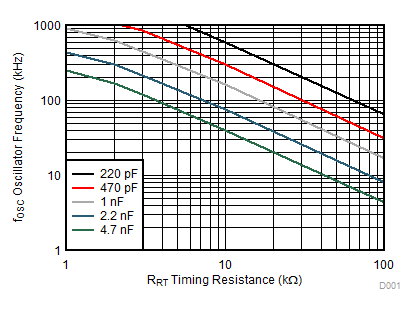 Figure 7-1 Oscillator Frequency vs Timing Resistance and Capacitance
Figure 7-1 Oscillator Frequency vs Timing Resistance and Capacitance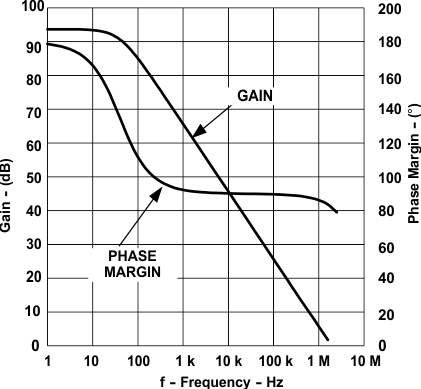 Figure 7-3 Error Amplifier Frequency Response
Figure 7-3 Error Amplifier Frequency Response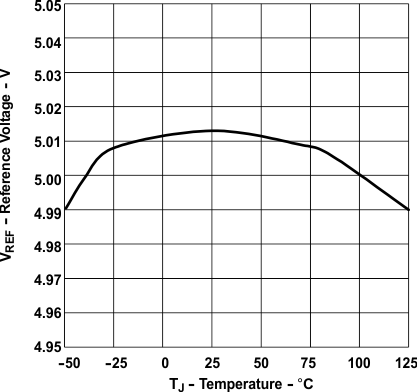 Figure 7-5 Reference Voltage vs Temperature
Figure 7-5 Reference Voltage vs Temperature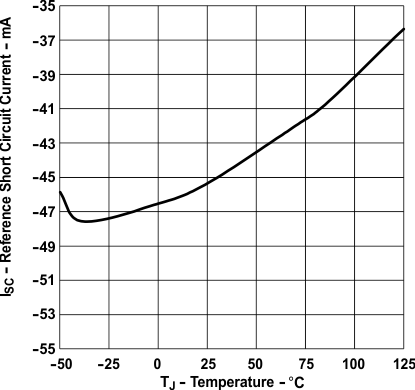 Figure 7-7 Reference Short-Circuit Current vs Temperature
Figure 7-7 Reference Short-Circuit Current vs Temperature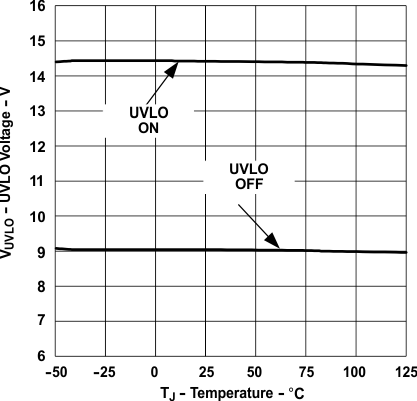
| UCCx8C42 and UCCx8C44 |
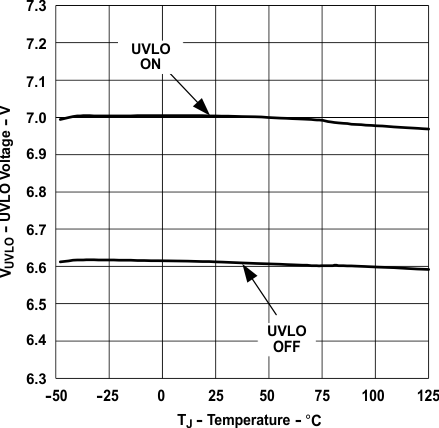
| UCCx8C40 and UCCx8C41 |
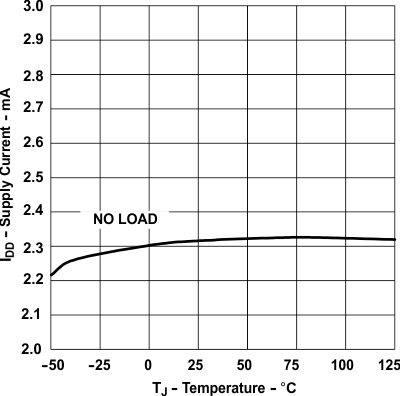 Figure 7-13 Supply Current vs Temperature
Figure 7-13 Supply Current vs Temperature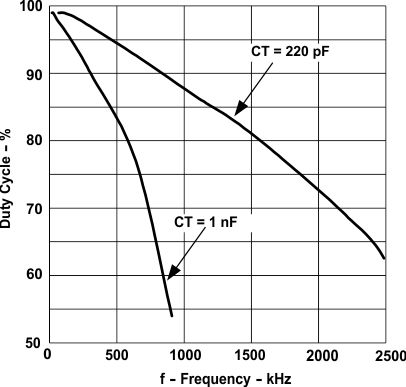 Figure 7-15 Maximum Duty Cycle vs Oscillator Frequency
Figure 7-15 Maximum Duty Cycle vs Oscillator Frequency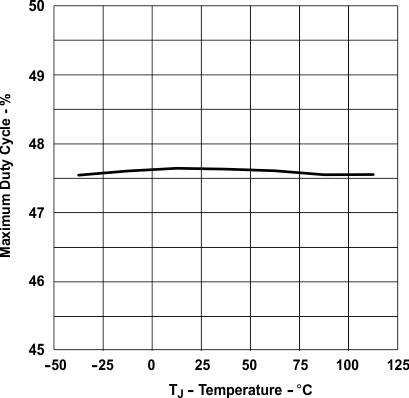 Figure 7-17 Maximum Duty Cycle vs Temperature (for part numbers with maximum 50% duty cycles)
Figure 7-17 Maximum Duty Cycle vs Temperature (for part numbers with maximum 50% duty cycles)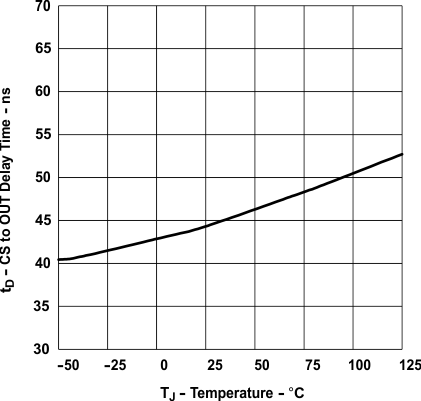 Figure 7-19 Current Sense to Output Delay Time vs Temperature
Figure 7-19 Current Sense to Output Delay Time vs Temperature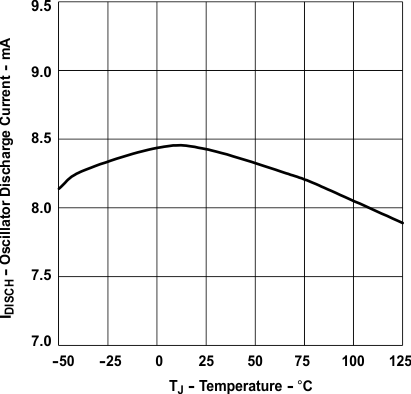 Figure 7-2 Oscillator Discharge Current vs Temperature
Figure 7-2 Oscillator Discharge Current vs Temperature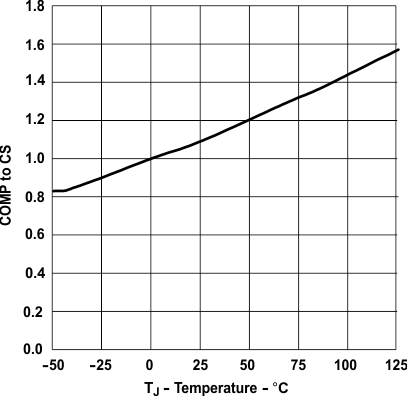
| VCS = 0 V |
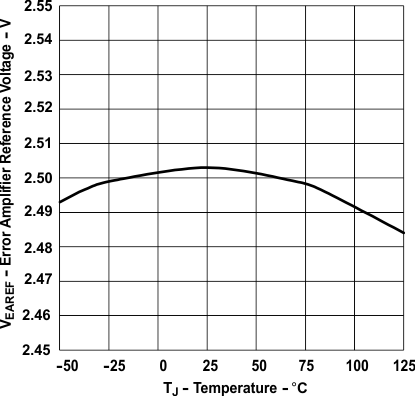 Figure 7-6 Error
Amplifier Reference Voltage vs Temperature
Figure 7-6 Error
Amplifier Reference Voltage vs Temperature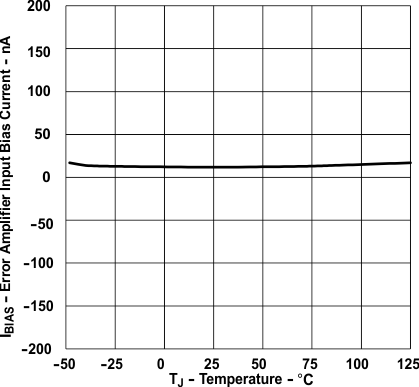 Figure 7-8 Error
Amplifier Input Bias Current vs Temperature
Figure 7-8 Error
Amplifier Input Bias Current vs Temperature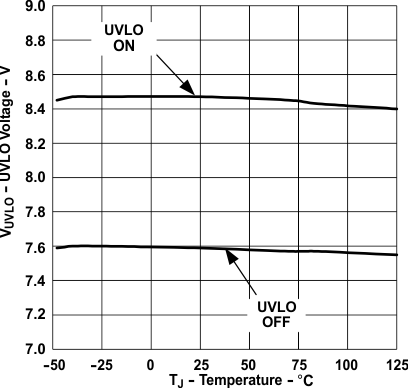
| UCCx8C43 and UCCx8C45 |
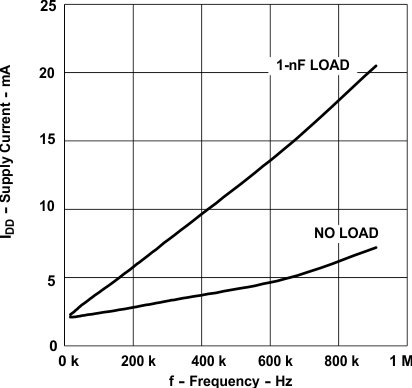 Figure 7-12 Supply Current vs Oscillator Frequency
Figure 7-12 Supply Current vs Oscillator Frequency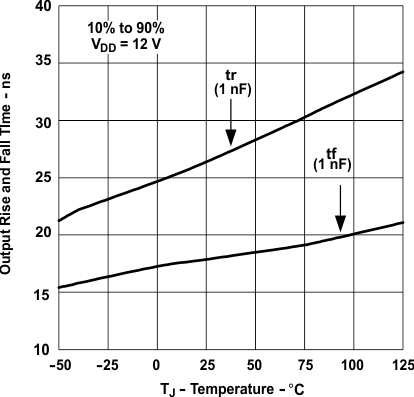 Figure 7-14 Output Rise Time and Fall Time vs Temperature
Figure 7-14 Output Rise Time and Fall Time vs Temperature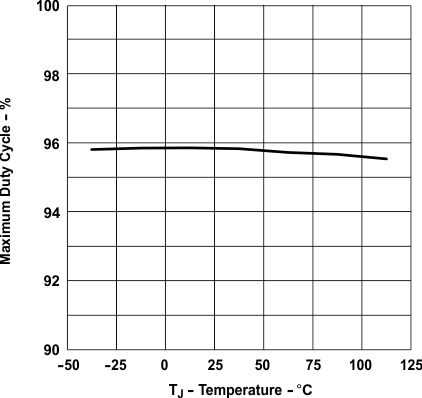 Figure 7-16 Maximum Duty Cycle vs Temperature (for part numbers with maximum 100% duty cycle)
Figure 7-16 Maximum Duty Cycle vs Temperature (for part numbers with maximum 100% duty cycle)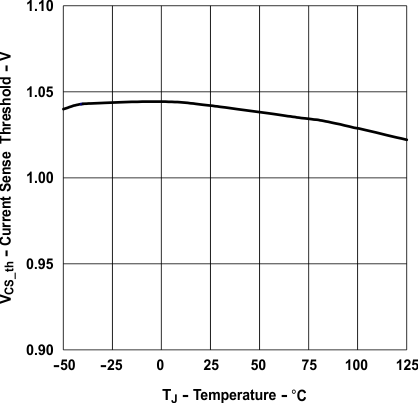 Figure 7-18 Current Sense Threshold Voltage vs Temperature
Figure 7-18 Current Sense Threshold Voltage vs Temperature